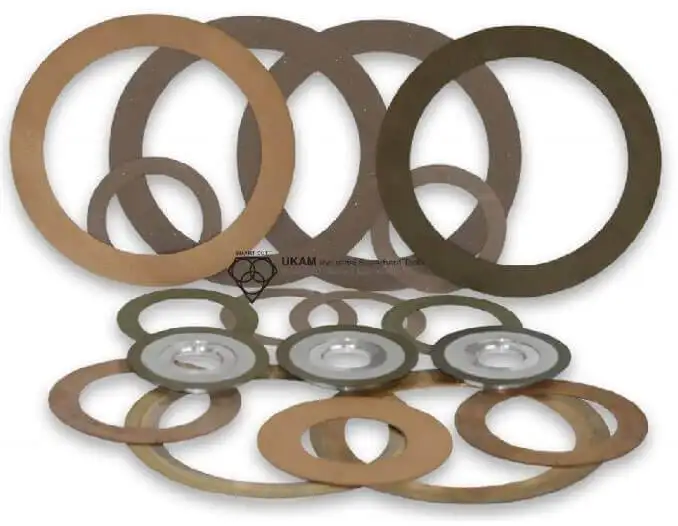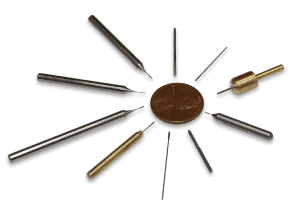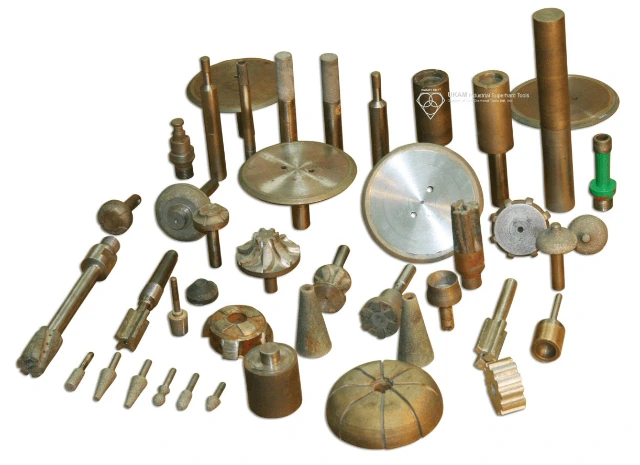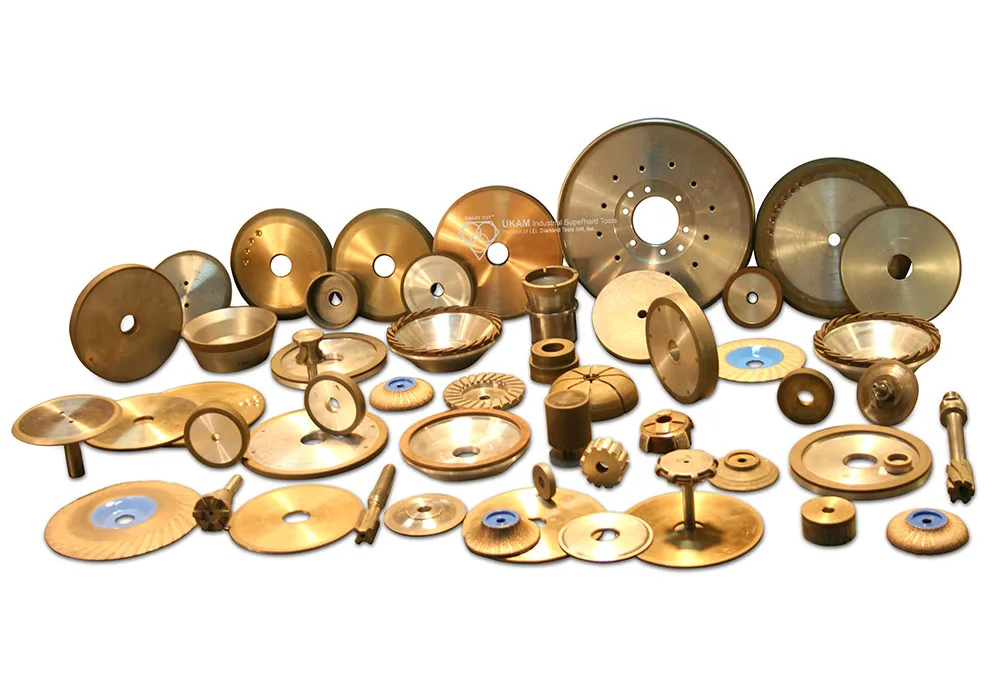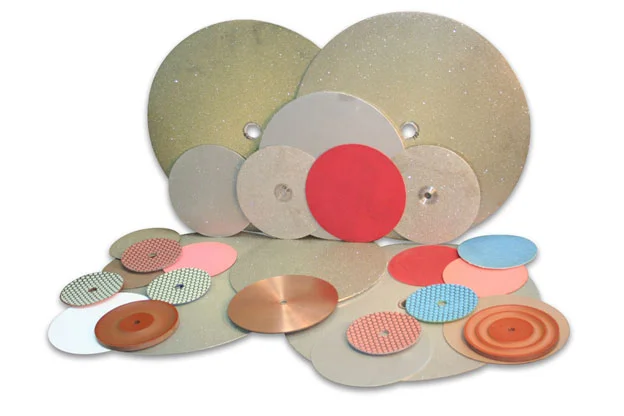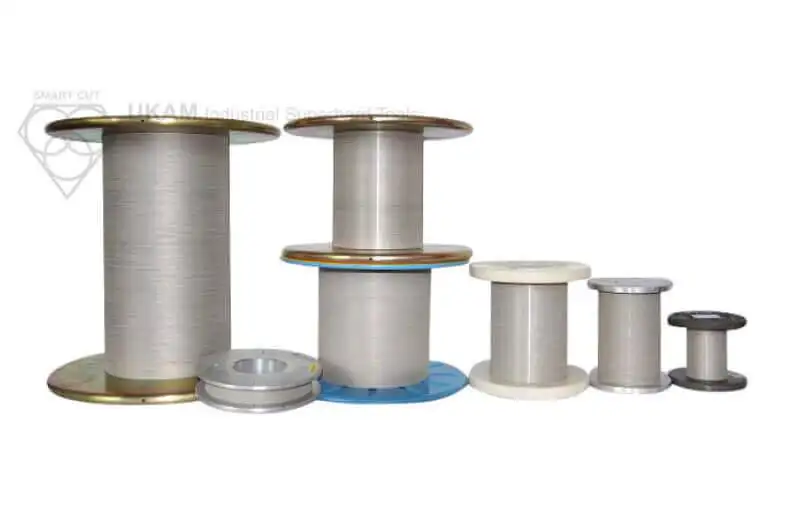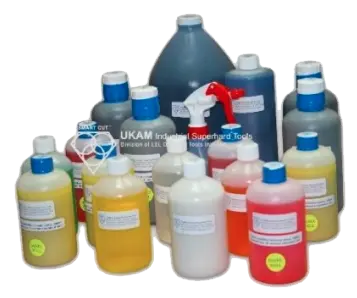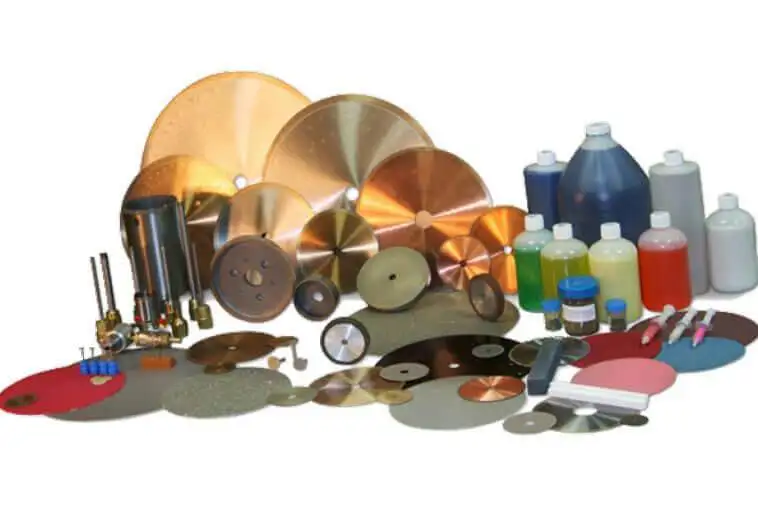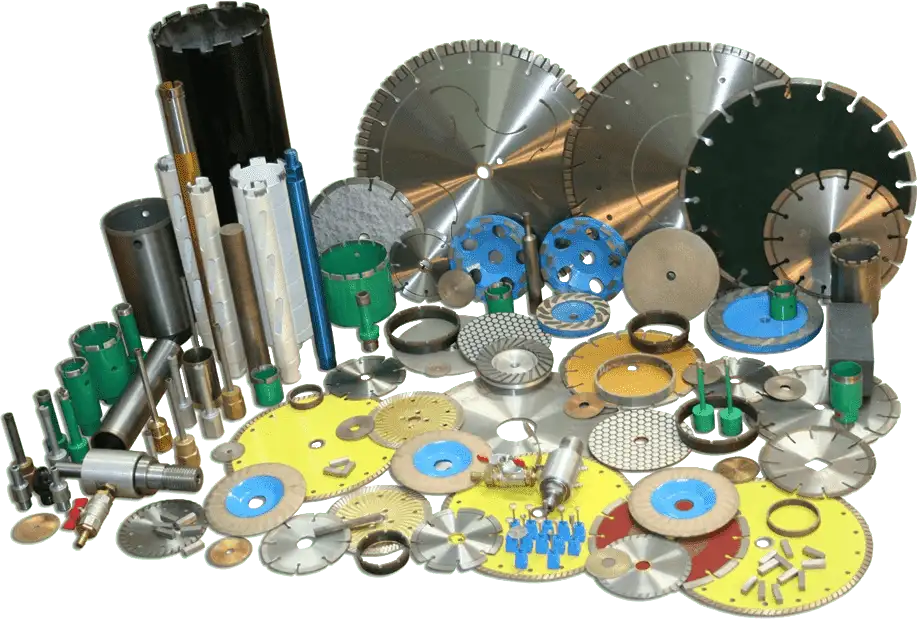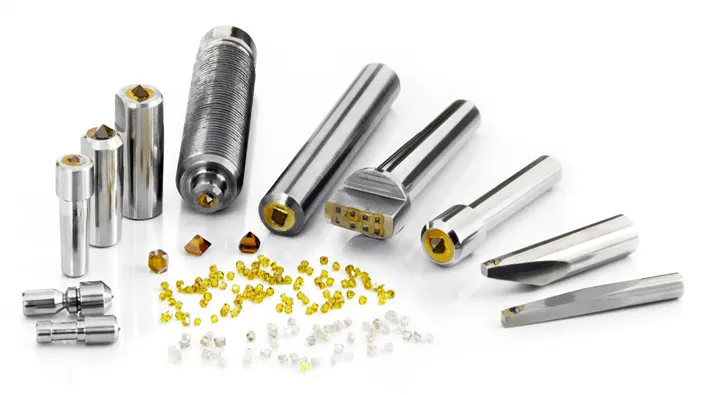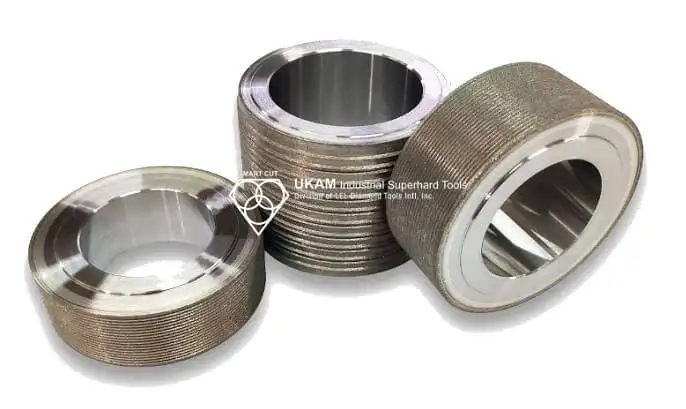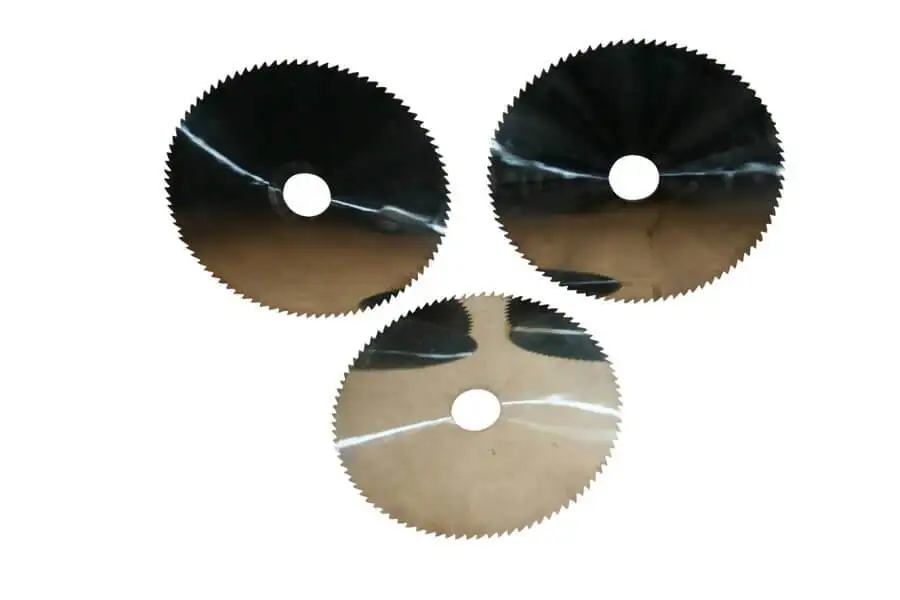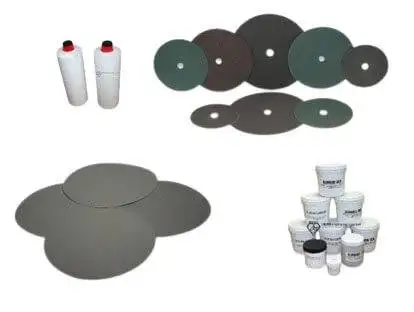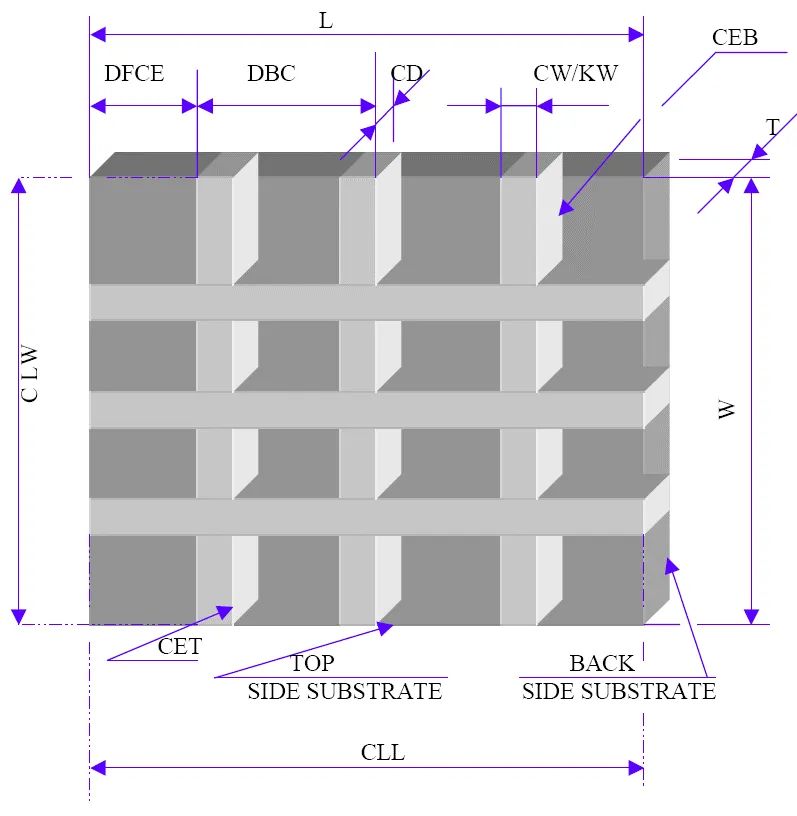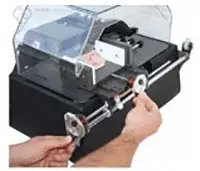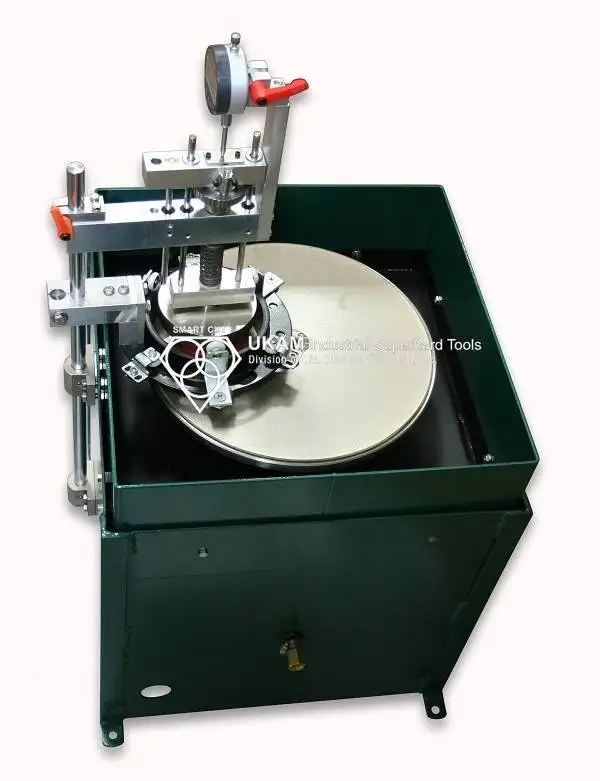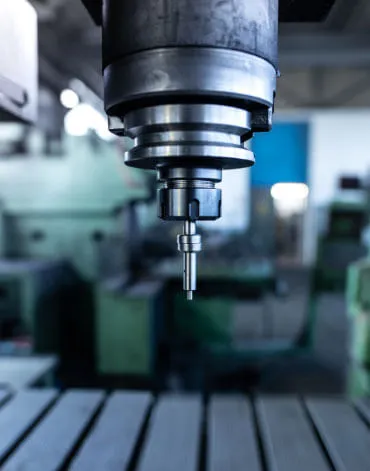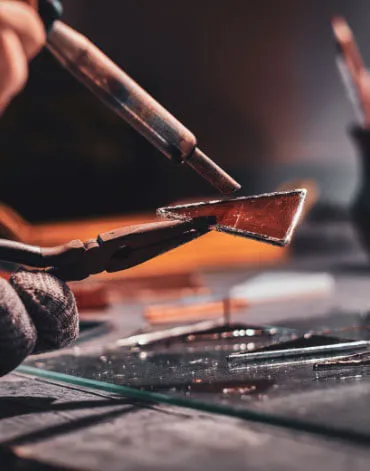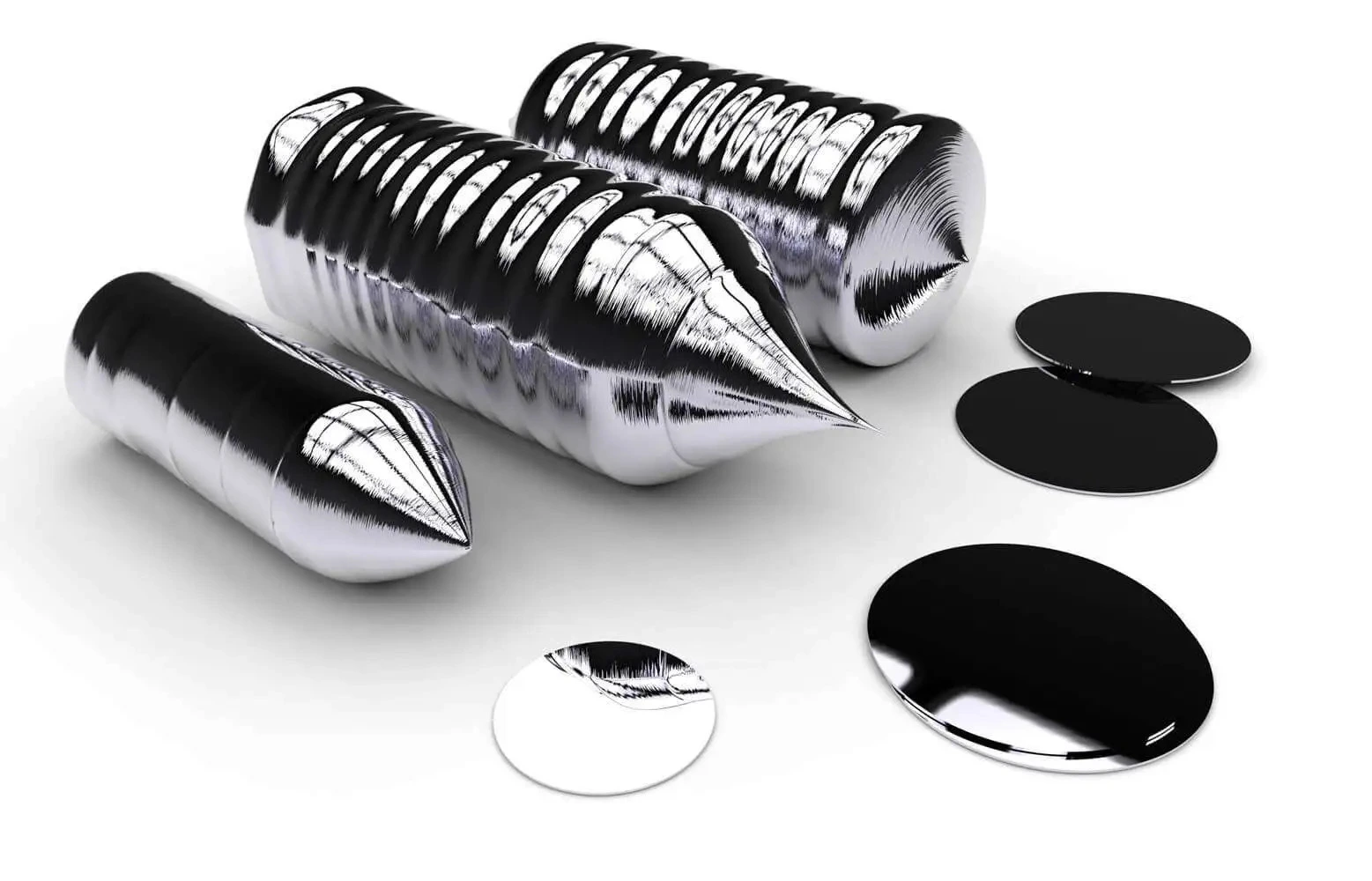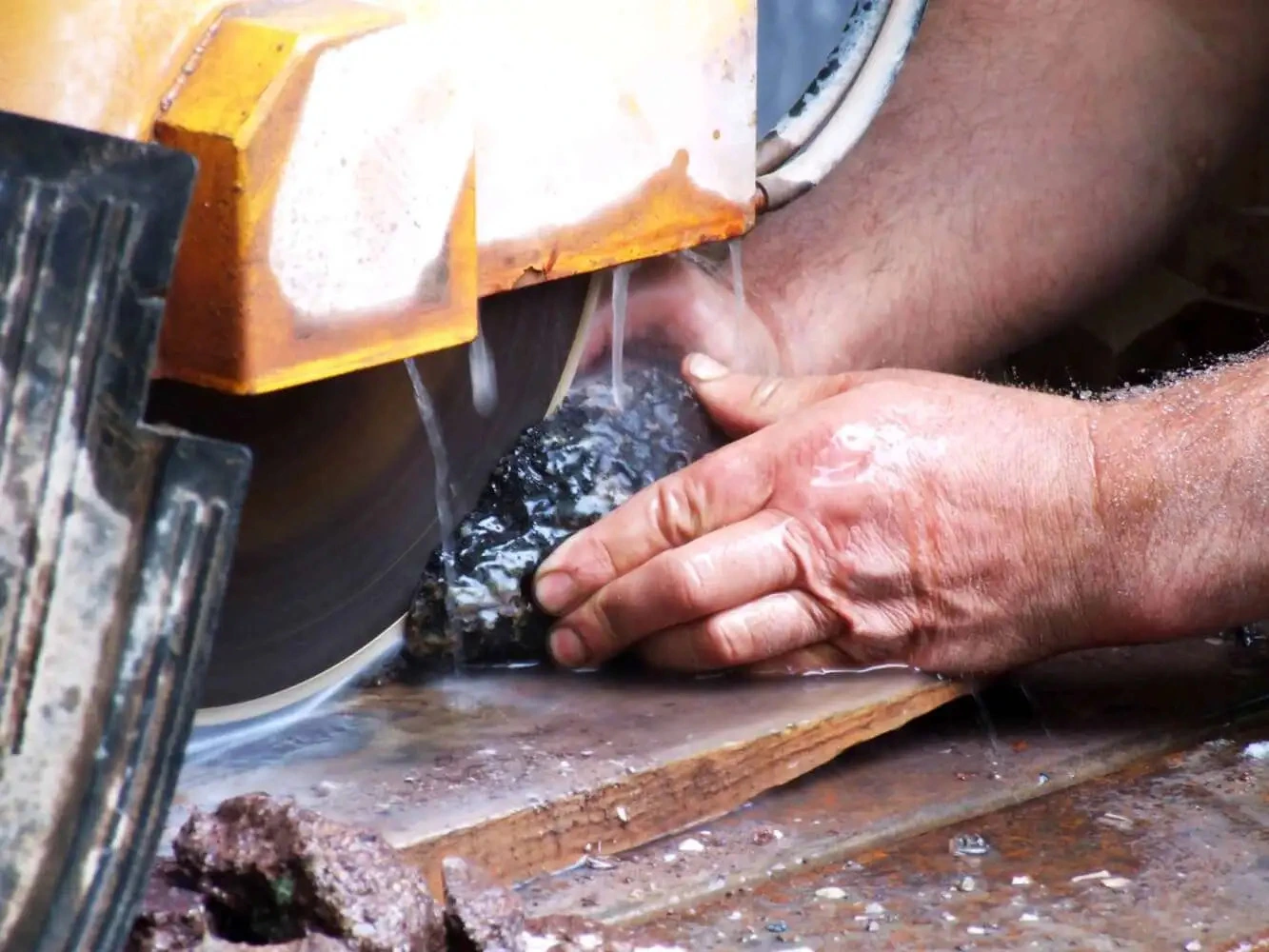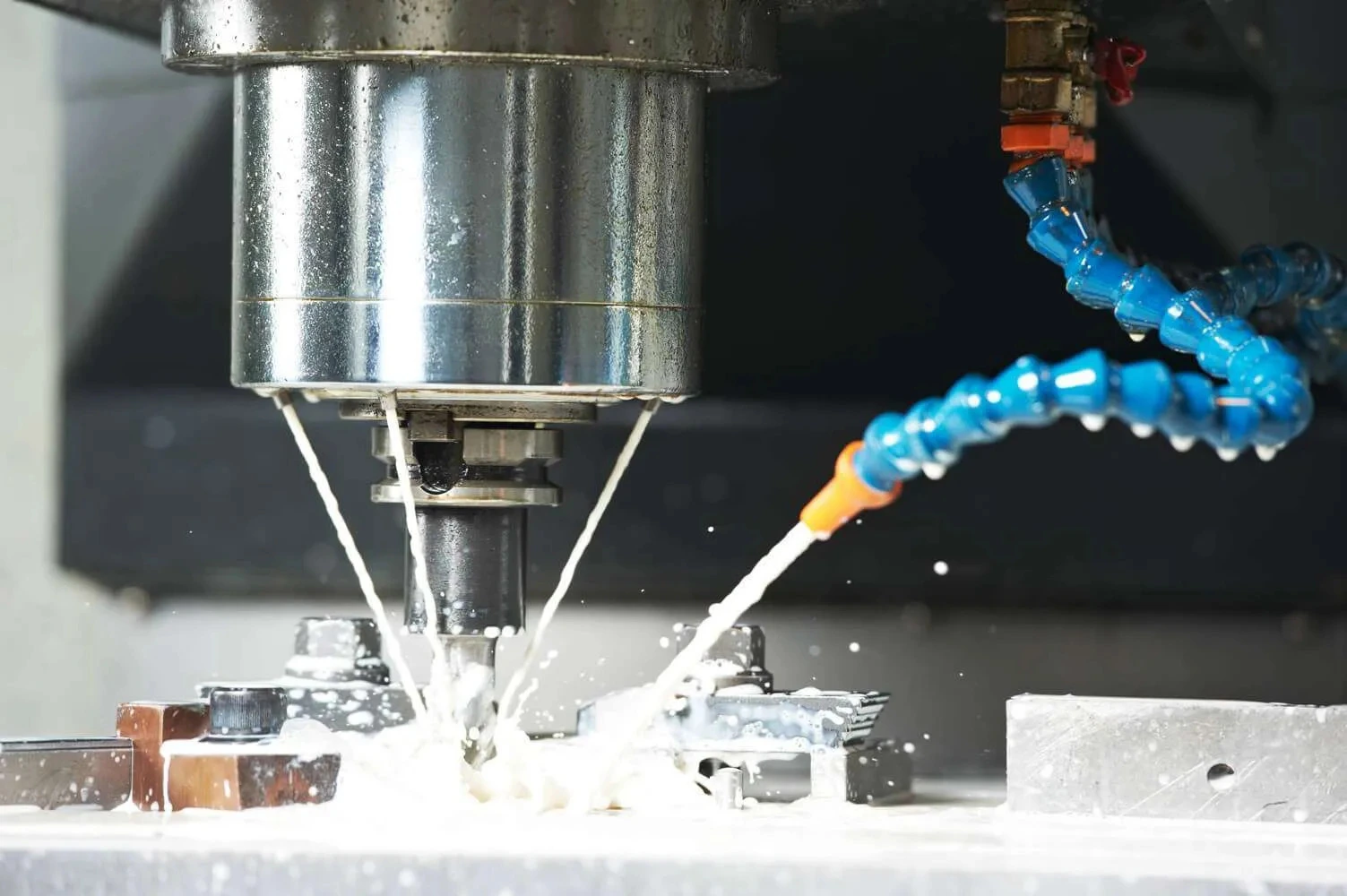-
0 items in quote
No products in the Quote Basket.
Diamond Pellets

UKAM Industrial Superhard Tools
Diamond Pellets
Diamond Pellets provide quick material removal with precision finishing.. Diamond pellets are suited for superfine glass, sapphire, ceramics, semiconductor materials, ultra hard & brittle materials and other glass like materials. It is recommended that pellets be used with on our SMART CUT® coolants to maximize efficiency and surface finish.
Advantages
- Long Life
- Consistent Performance
- More Freer Cutting
- Good Form Retention
Materials Used on:
- Glass
- Quartz
- Ceramic
- Sapphire
- Silicon
- many other Ultra Hard &
- Brittle Materials
Sintered (metal bond)
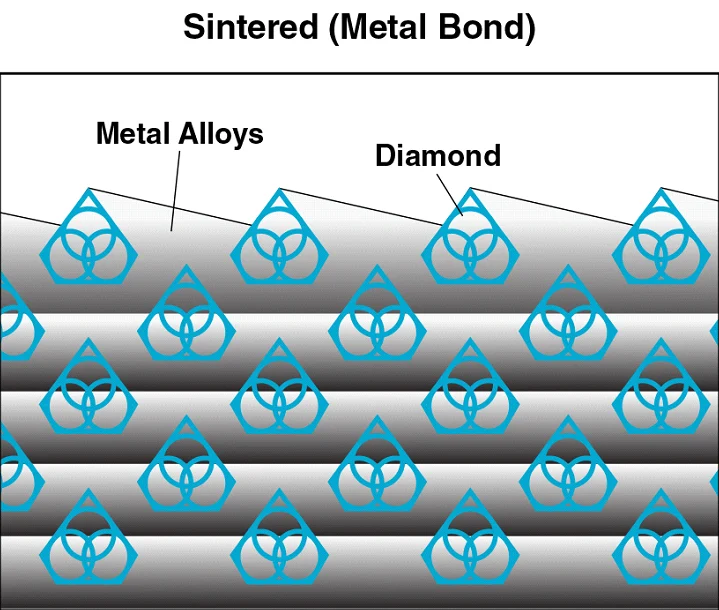


Resin Bond
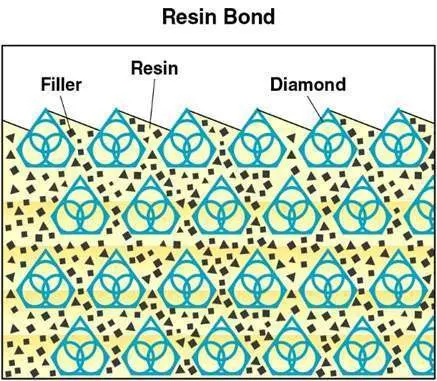


Hybrid Bond


Vitrified Bond

Sintered (metal bond)
diamond pellets
have high retention of diamond crystals inside the bond matrix. Provide excellent cutting rates, form retention, and long life.
Resin Bond Diamond
Pellets
organic bond matrix this is formed by high pressure and high temperature. Offers fast cutting speeds, minimum heat generation, self sharpening characteristic, and best surface finish. The resin bond pellets are typically used for hard materials, glass and optics.
Hybrid Bond Diamond
Pellets
combines the benefits of metal bonded tools (cutting performance, endurance and good cooling properties) and resin bonded tooling (homogeneous scratch-free surfaces, very low sub surface damage, optically measurable after grinding, reduced polishing times).

Diamond Pellets:
Specifications Available:
- Diameters Available: from 1mm to 125mm
- Thicknesses Available: 0.5mm to any thickness
- Shapes Available: Flat, Concave, Convex
- Diamond Grit Sizes Available: 400 micron to 3 micron
- Bond Types Available: Sintered (metal bond), resin bond, hybrid bond, vitrified bond
Application:
- Roughing to semi finishing (100 to 400 mesh) – 100 concentration
- Semi-finishing (45 microns) – 75 concentration
- Finishing (20-30 microns) – 50 concentration
- Super-finishing (15-20 microns) – 35 concentration
- Pre-polish grinding (6-9 microns) – 25 concentration


Diamond
Guide Pellets Selectiong
Diamond-impregnated lappingpellets (also known as plugs or buttons) have been successfully used for a number of years to cut and lap glass materials. However, many lapping machine operators have been disappointed with the results obtained when using these pellets on extremely hard materials, such as quartz, tungsten carbide, alumina or sapphire. Conventional diamond pellets were typically supplied as a “one-size-fits-all” solution, with little consideration for the requirements of the application. As a result, they often added significant costs while providing few, if any, benefits. Additionally, some of the pellets used poor-quality diamond powders that scratched the product’s surface or wore down quickly. For these reasons, many manufacturers of hard materials have continued using loose abrasives in their cutting and polishing operations.
Recently, however, new diamond pellets have been developed that incorporate higher quality diamond crystals and stronger bond formulations in carefully balanced compositions. With the availability of these custom-engineered, high-performance diamond pellets, manufacturers of hard materials can significantly increase their cutting and lapping efficiency and quality.
Diamond Pellets:
Technical Specifications
Diamond pellets advantages
- 3 to 5 times faster lapping with high material removal rates with flat-honing
- Long Pellet Life
- Cleaner Processes, eliminate waste, EPA friendly
- Pellet grades to match specific work materials
- Low pressure lapping
- Quick change-out, resulting in fast grit size change and less down-time
- Higher Quality: Flatness, Parallelism & Surface Finish (less Sub-Surface damage)
- Custom formulation and consulting services :
- Less capital equipment needed, requiring less floor space
- Pellets can be easily attached to the base plate in any pattern desired, as best suits the work piece. Furthermore, the base plate, itself, can be of almost any size and shape.
Overview
Diamond-impregnated SMART CUT Diamond Grinding Pellets can be fabricated in several shapes and sizes, with varying diameters and heights. Most commonly, they are cylindrical disks 3/8" to 1" in diameter and 1/8" to 3/8" in thickness (height). They can also be manufactured with spherical surfaces of specified (+/-) radius.
The binding material of the pellets can be Metallic (M), or Organic/Resin (R), depending on the nature of the work to be performed.
The diamond powder used in the pellets can be varied from ultra-fine (Lap-Polish) to Extra Course, depending on the type of grinding to be performed and the material being worked. Note that not all diamond grain sizes are appropriate for all binder materials.
Pellet Size Table
Pellet Size
Binder
Volume (cc)
1
3/8" x 1/8"
Metal (M)
0.151
2
3/8" x 3/16"
Organic (R)
0.227
3
1/2" x 1/4"
M or R
0.804
4
1/2" x 3/8"
M or R
1.207
5
5/8" x 3/16"
Organic (R)
0.943
6
5/8" x 1/4"
Organic (R)
1.257
Diamond Grain Table
It should be noted that diamond abrasive suppliers are often not in agreement on the distribution of sizes within a batch of powder. The values listed below are those for which Gator Diamond strives. Pellets with other specific grain sizes can be made to order.
Grade
Coarseness
Diamond Grain Sizes (Approx.)
in Micrometers
in Micrometers
Concentration
0
Extra Coarse
~ 167 µ
100% (+)
1
Coarse
~ 100 µ
100%
2
Medium
~ 67 µ
85%
3
Medium Fine
~ 45 µ
75%
4
Fine
~ 30 µ
50%
5
Extra Fine
~ 15 µ
35% (+)
6
Pre-Polish
~ 7 µ
25%
7
Lap-Polish
~ 4 µ
20%
Binder Selection Chart
The following table is provided to illustrate some typical work pieces that require different pellet binder grades. WE can provide assistance in determining the optimum binder grade and coarseness for specific types of grinding and polishing applications.
Material
Hardness
Recommended Binder Material
Glass
530 Knoop
Metallic/Organic Resin
Quartz
820 Knoop
Metallic/Organic Resin
Silicon
1150 Knoop
Metallic/Organic Resin
Tungsten Carbide
1500 Knoop
Organic Resin
Alumina Ceramic
2100 Knoop
Metallic/Organic Resin
Grinding is the removal of a stock material, or "work," by abrading against a harder material - usually called a "stone."
Lapping is a process where a slurry containing a hard grain is trapped between the work and a lapping or pressure plate.
Technically, the use of pellets is a grinding process with lapping equipment. Results using pellets approach those of lapping in terms of flatness because the plate containing the pellets can be kept true or flat, like the lapping plate. The efficiency of the pellet process as measured by the work-stock removal rates approaches that of grinding because the cutting points are held firmly in place, and each point is used until it begins to dull.
Diamond Pellets:
Parameters Affecting Pellet Selection
The engineer/supervisor over the lapping process must consider several factors when selecting a system of pellets, just like selecting any other grinding or lapping abrasives. A proper selection of pellet parameters will affect rate and quality of the grinding, as well as the useful life of the grinding pellets. Consider the following:
- The hardness of the material to be lapped is an important consideration. Glass would require a different pellet selection than would ceramic or carbon steel. It should also be noted that the durability for pellets made for hard materials will be less than that for pellets designed for soft materials.
- The surface finish of the material at the start and the desired finish at the conclusion of the lapping are also important. Constantly lapping overly rough materials, or skipping a grade in diamond particle size, will lower the life expectancy and the efficiency of the grinding pellets.
- The chemical/mechanical action of any coolant or lubricant in the lapping process must be considered. For most materials there is a selection of desired lubricants, and the pH is often critical for both the pellet and work.
As the work is ground away by the pellets, the pellets are also ground away by the work, but desirably at a much lower rate. There are two actions on the pellets of which the operator must remain aware. The pellet matrix is being worn away exposing new diamond points, and simultaneously some existing diamond points are being worn flat.
Under normal usage, the two actions are in equilibrium. However, if the pellets are used on a harder material than that for which they were designed, the matrix will not wear as fast as it should. The outcome is that the points will become dulled. The operator will know this is happening because more pressure will be required to achieve the same results.
As an example, when the pellets which contain 50 micron diamond particles are first applied to the surface generated by the pellets which contain 75 micron diamond particles, grinding effectiveness will appear large at the beginning and slowly decrease. This occurs because the rougher surface wears the pellet matrix faster, exposing a constant supply of new diamond points. As the work surface becomes smoother, effectiveness will decrease due to lack of wear on the matrix.
This diamond-point-flattening can also occur when a pellet is used for too long on a given work piece. Because this can occur in normal operations, a loose grain may be applied to the grind surface to wear away pellet matrix and thus expose sharp diamond points. However, the applied grain must be a specific match to the diamond particle size in the pellet in use. Doing this occasionally is not harmful to the pellets, but care must be used to apply the correct loose abrasive to the matching pellets for the sake of the pellet and the work.
Pellet Matrix or Binder
Two different types of diamond are used to make pellets: friable and hard.
A metal binder (matrix) is used to encase the hard diamond, and an organic/carbonaceous binder is used to encase the friable diamond. For many materials, either is a good choice. The metal bonded pellet is a more aggressive grinder (tolerates higher pressure), but it does create more subsurface damage. The friable diamond in the organic pellet provides less aggressive grinding action.
A process could start with metal bonded pellets and, when needed, finish with organic bonded pellets - all prior to polishing. Very sensitive optics, such as those used with lasers, might require the use of organic bonded pellets throughout.
Pellet Hardness or Grade
The same pellet system used to lap glass will not effectively lap ceramic, and vice versa.
When pellets are used on material softer than that for which they were designed, the matrix (binder) will erode away too fast reducing grinding efficiency (sometimes dramatically), and causing excessive pellet wear.
When pellets are used on material harder than that for which they were designed, the diamond points will wear flat and thereby greatly reduce the effectiveness of the pellets.
Diamond Pellets:
Lapping Plate Layout
The standard lapping plate is flat. The pellets are glued or epoxied to the plate in any reasonable design. A layout design may depend on how pressure is applied to the plate and how the work rotates against the plate. The layout of pellets may, for example, be evenly distributed or slightly more dense nearer the center.
Theoretically, the maximum population density of cylindrical pellets on a flat plat will be about 91%, but this would not allow for an even flow of the lubricating fluid. If the pellets are spaced too far apart, the likelihood that one of them would catch an edge on the work, causing it to be popped off, is increased. A density of sixty percent, plus or minus ten percent, seems to work fine.
Lapping plates with concave or convex surfaces are possible. Please contact us for more information.
The pellets are supplied either mounted onto a plate (customer’s plate or a plate supplied by us) or as loose pellets ready for the customer to mount onto his own plate. An epoxy kit can be supplied with the pellets if the customer desires to mount the pellets.
Improving the Diamond Composition
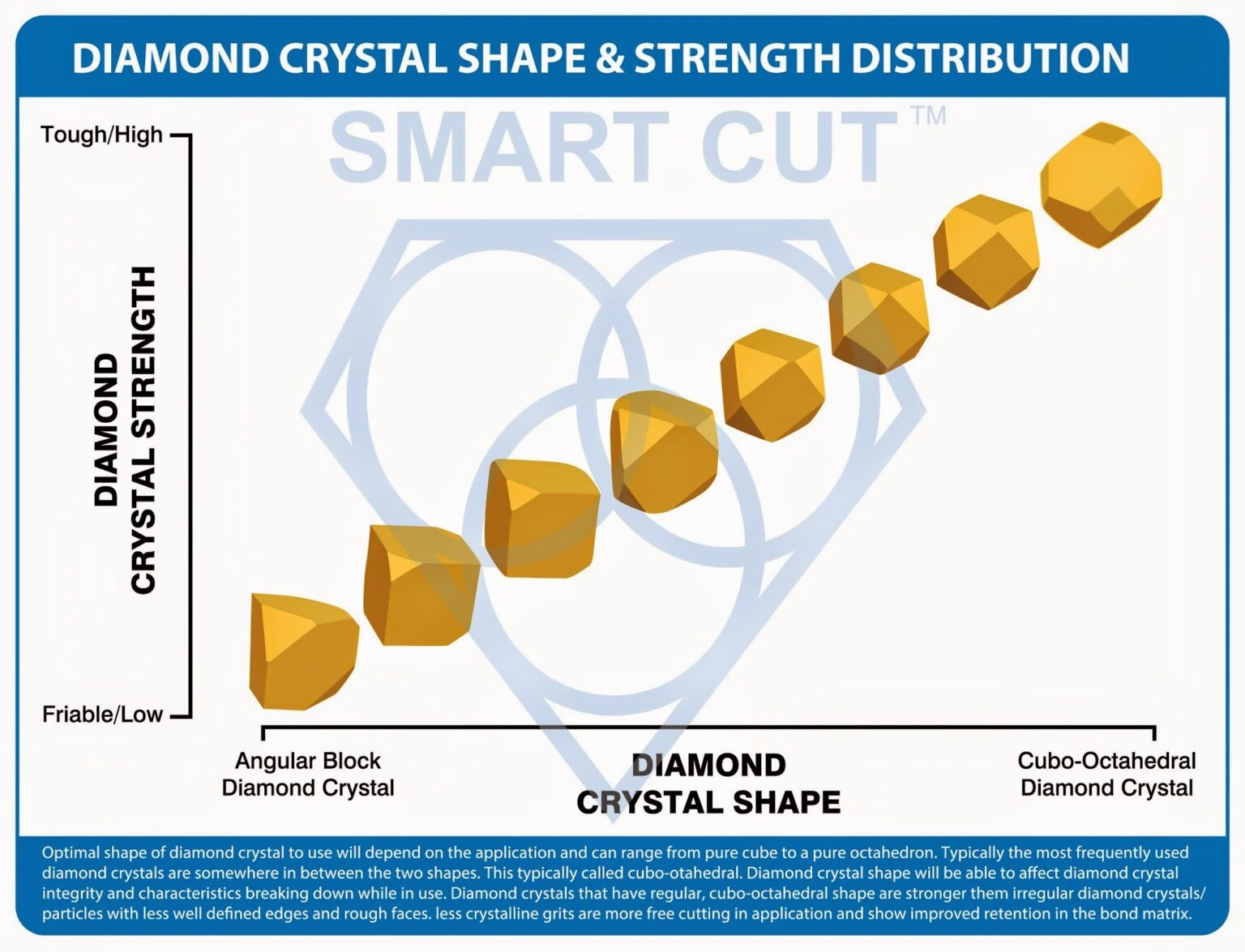

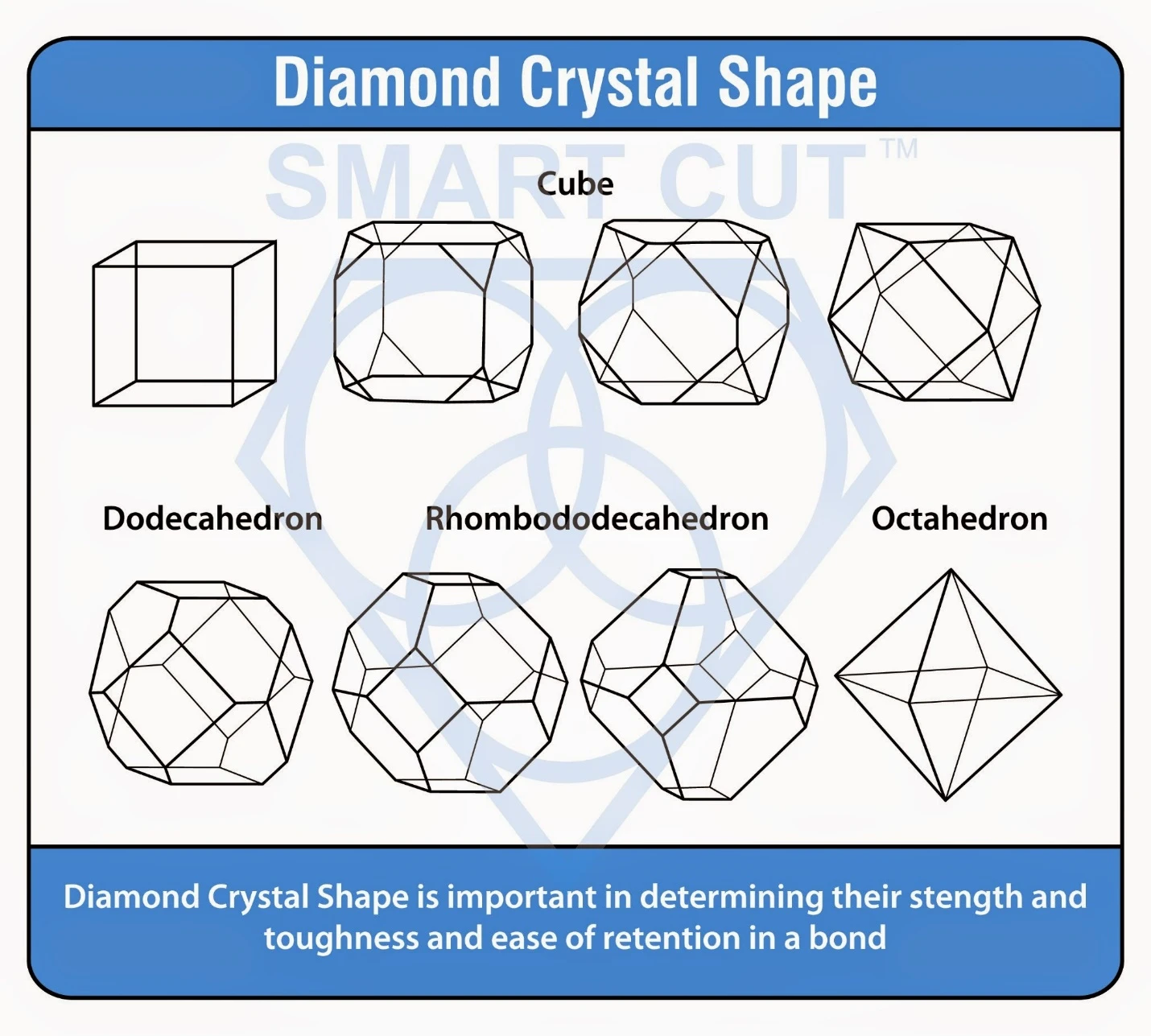

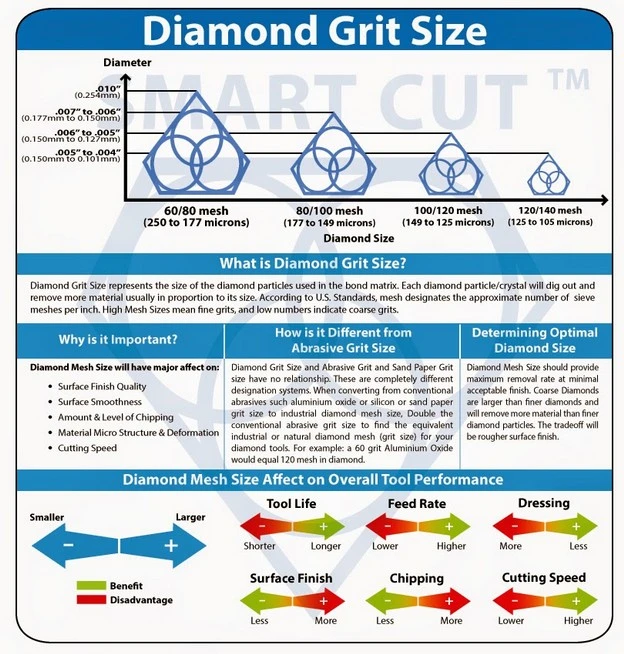
DEVELOPING
New Pellets
To improve the performance of diamond-impregnated pellets, researchers evaluated many different diamond and bond compositions on a variety of materials and made extensive measurements in five different areas: the surface roughness (Ra), the material removal rate (mrr), the pressure required for operation, the amount of loading or dulling incurred over a period of time, and the lifetime or grinding ratio (G-ratio, defined as the volume of product removed divided by the volume of pellet lost) of the pellets. They found that these five characteristics are frequently interrelated. For example, increasing the operating pressure typically increased the mrr. Pellet compositions engineered to have a larger mrr also showed a higher Ra, while pellets designed to have a larger G-ratio generally exhibited lower mrr, a lower Ra and a shorter loading time. Most changes in composition to enhance one characteristic degraded another. However, researchers discovered that they could improve the overall performance of the pellets by using the newer high-quality diamond powders with high-strength bonds, and by carefully adjusting the composition and concentration of the separate components.
The test data also showed that the mrr generally declined over time, with the decline becoming progressively worse after just a few minutes of lapping. This decline could be quantified by a decay constant (D), which was unique to each combination of pellet and lapped material. Frequently, the mrr approached zero as the lapping process continued, at which point the pellets had to be redressed to restore the original mrr. When the lapping process was resumed, the decay of the mrr was repeated. Again, researchers discovered that by using the newer high-quality diamond powders with high-strength bonds, and by carefully adjusting the composition and concentration of the separate components, they could slow the speed of decay. The high-performance fixed abrasives developed through these tests range from very aggressive lapping to fine cutting. Using the refined pellets, glass and quartz can be lapped up to 80 microns per minute on existing lapping machines—significantly faster than with conventional pellets or loose abrasives. Additionally, while the pellets have been successfully tested in pressures as high as 45 psi, they also work well with the lower pressure constraints often found in glass and ceramic lapping. Unlike conventional pellets, which required pressures of 4-6 psi and higher, the new pellets can operate at 1-3 psi—and even lower, in some cases. For example, glass lapping pellets are available that operate successfully down to 3⁄4 psi.
The new pellets also produced satisfactory results on hard materials.
Figure 1 shows the test results on fused quartz using a test plate with new pellets engineered specifically for quartz lapping. In this instance, quartz straight from a high-quality saw was lapped in preparation for polishing. The saw left an Ra of 150 µ-in, and the final Ra after lapping with the medium grade quartz pellet test plate was 9 to 10 µ-in. A total of 0.020 in. of material was removed in this run. In this example, several hours of lapping with loose abrasives of three different grits was replaced with pellet lapping for only a few minutes. Because of the excellent Ra created by the pellets, the subsequent polish time was also reduced from about two hours to about 45 minutes. In addition, the abrasive waste (swarf) was reduced from several pounds to a few ounces.


Figure 2 shows the results obtained from a new medium-grade sapphire pellet on c-axis sapphire
In this test, three 2-in. wafers were run with 33 lbs of dead weight at 80 rpm on a 12-in. SpeedFam lapping machine. The average pressure (always measured on the surface of the pellet) was 5.4 psi, and the test plate contained 202 pellets. The resulting population density (the area of the pellet to the area of the plate) was 64%. As can be seen from Figure 2, the average mrr was about 3.5 microns per minute, and the final Ra after 35 minutes of lapping was 13 µ-in. This operation to remove 0.005 in. of material replaced a 12-hour lap with loose abrasives. The same pellets exhibited similar results on hard alumina. In yet another test, a more aggressive sapphire pellet yielded an mrr of 7 microns per minute with an Ra of 20+ on c-axis sapphire and much faster lapping on a-axis sapphire and alumina.
Efficient Lapping
Considerable progress has been made in the last few months in pellet performance on hard materials. With the availability of improved diamond powders and stronger bonds, pellets have been developed that work well with glass, quartz, silicon, ceramics, sapphire (including c-axis) and many metals. Advantages of the new pellets in these applications include:
- A lapped surface with a low Ra that will polish quickly
- A high material removal rate (mrr)
- Operation at low pressure, resulting in reduced subsurface damage
- Minimal loading or dulling over an extended period of time (at least several runs)
- A high G-ratio (anywhere from 50 to 1000, depending on the pellet composition and product being lapped)
Pellets are also under development for extremely hard ceramic materials, such as silicon carbide and tungsten carbide.
With today’s high-performance fixed abrasives, ceramic manufacturers can reduce their polishing and lapping times and increase their manufacturing efficiency.
Contact Us for FREE Quote & Recommendation
ITS WHAT YOU CANT SEE THAT MAKES ALL THE DIFFERENCE
SMART CUT® technology
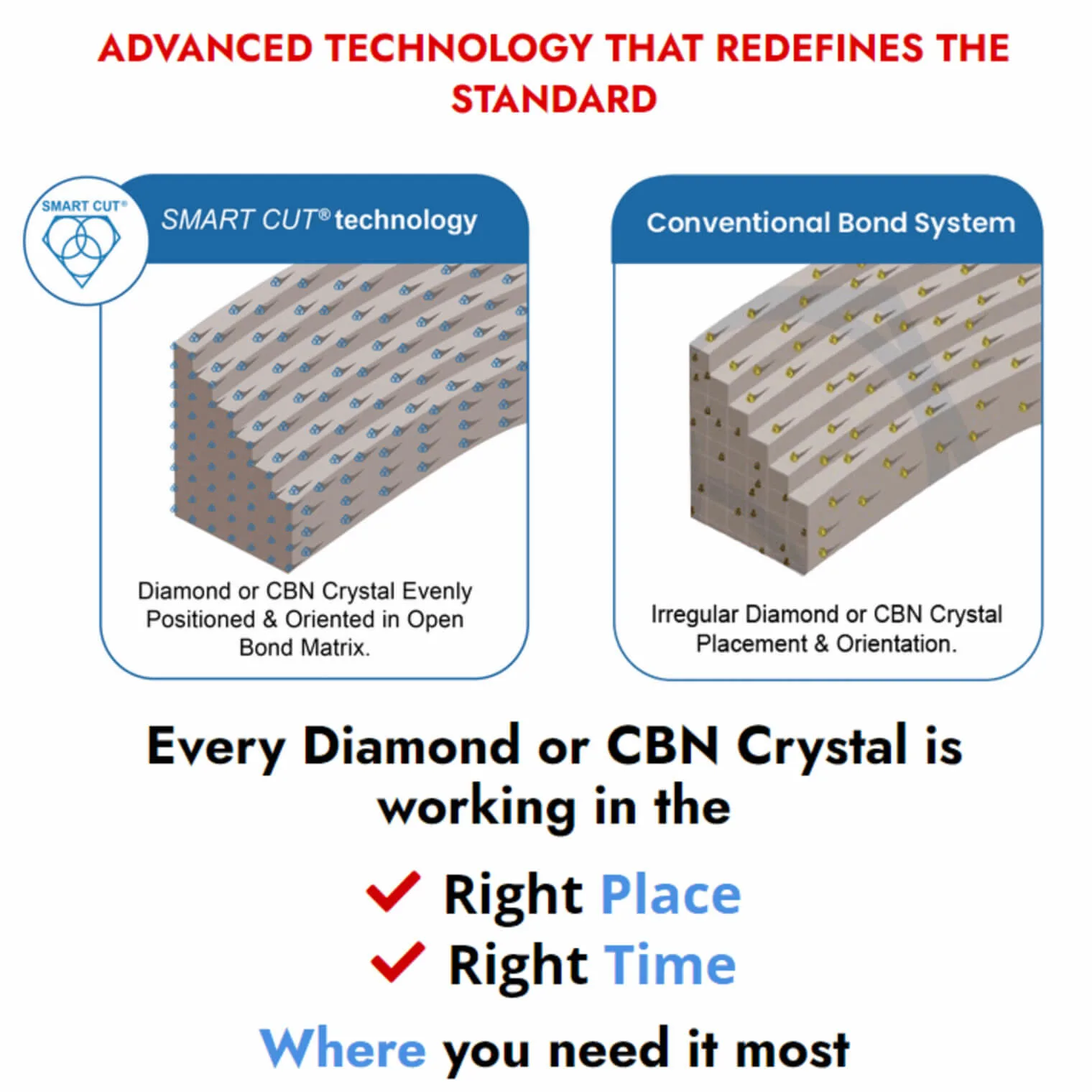

Let Us Help You:
- Improve Tool Life
- Obtain More Consistent Results
- Preserve True Material Microstructure
- Improve Tool Lite & Overall Performance
- Save Time & Money
- Improve Surface Finish
- Reduce & eliminate Material Deformation
Why Work With Us?
Comprehensive Source Of Information On Diamond Tools
The more you understand about what we can do for you the better our partnership will be. Here you will find most comprehensive source of information and optimizing and improving your cutting, drilling, grinding and polishing on the web. Find everything you ever wanted to know about diamond tools.
Large Inventory & Custom Manufacturing
We have the largest variety of diamond tools available in stock. we regularly produce custom diamond tools to better fit customers specific needs & specifications. Just about any diamond tool can be designed and manufactured per customer drawing or specifications.
Umatched Technical Support
WE ARE A PARTNER IN YOUR SUCCESS
Developing close ties with our customers is the foundation of our business. At the core of
our company is a team of world class engineers, knowledgeable customer service personnel here to serve you. Whether is designing or manufacturing a special solution. We will go out of our way to optimizing your process to ultimate level of efficiency.
Advanced
Technology
AMERICAN MANUFACTURER
As one of the few remaining independent U.S.Diamond Tool & machine builders. We have the experience & tradition to help you remain at frontier of technology Our experience has been further enhanced by acquiring assets and processes from some of the oldest American tool
manufacturers, along with their decades of experience and R& D. This has positioned us as one of the most experienced companies in the industry.
Superior Quality & Consistency
Different Product
Different Company
Different Technology
Our unique bond formulations, tool designs, stringent requirements, and utilization of exceptionally high-quality diamonds and raw materials ensure top-notch products that adhere to strict ISO 9000 standards.
Our proprietary technology allow us to control and regulate the dozens of variable that affect toolife, quality, & consistency
EXPECT MORE FROM YOUR TOOLS
Experience Makes All The Difference
"ONE OF THE MOST EXPERIENCED COMPANIES IN THE INDUSTRY"
With a team of highly knowledgeable and experienced engineers, we possess a deep understanding of the challenges you encounter when cutting, drilling, grinding and polishing. This expertise is gained from decades of experience manufacturing sophisticated and high precision tools and equipment for advanced industries and complex applications. Unlike other companies that exclusively focus on tools for the stone and construction industries, we offer unique solutions that surpass their capabilities and expertise.
02
Jun
Selecting the appropriate Diamond & CBN Tool specification is a crucial aspect of achieving your objectives. Opting for the ideal specification not only yields optimal results but also ensures the best return on investment. Conversely,...
02
Jun
How to properly use Diamond Tools
UKAM Industrial Superhard Tools manufactures precision diamond tools for a large variety of applications, materials, and industries.
Share this Article with Friend or Colleague
Metal Bonded Diamond Tools are “impregnated” with diamonds. This means that selected...
02
Jun
Why use diamond
Diamond is the hardest material known to man kind. When used on diamond/tools, diamond grinds away material on micro (nano) level. Due to its hardness Diamond will work all types of materials from...
02
Jun
Diamond vs CBN (cubic boron nitride) Tools
Cubic Boron Nitride (CBN) is a synthetic material that is renowned for its exceptional hardness and high thermal stability. It is composed of boron and nitrogen atoms arranged in a crystal lattice structure, similar to...
02
Jun
What is Diamond Mesh Size and how to select best one for your application
Diamond grit size can be defined as the size of the diamond particles used in the bond matrix. The larger the diamond particles (grit size) the faster the tool will cut.
Share this Article with Friend or...
02
Jun
What is Diamond Concentration and which to use for your application
Diamond concentration is measured based on the volume of diamond within a section of the tool. It is typically defined as Concentration 100, which equates to 4.4 carats per cubic centimeter of the diamond layer...
02
Jun
Diamond Tool Coolants Why, How, When & Where to Use
Coolant is one of the most overlooked variables in the overall diamond or cbn tool machining process. Effective and proper use of coolant and recalculating coolant system will pay off in terms of improved surface...
17
May
Choosing The Correct Diamond Bond Type
Selecting the appropriate diamond bond type for specific applications is crucial for several reasons. Diamond bond type directly affects the tool's performance, efficiency, and longevity. Different bond types determine how well a tool can withstand...




